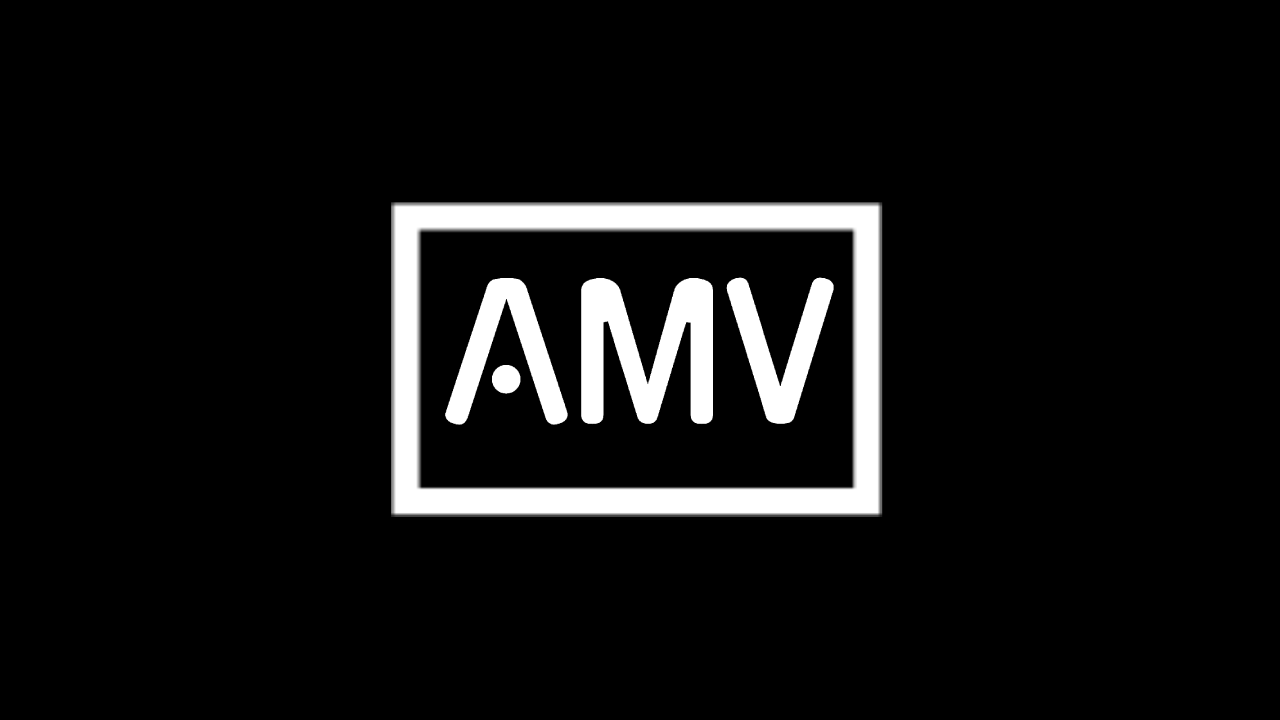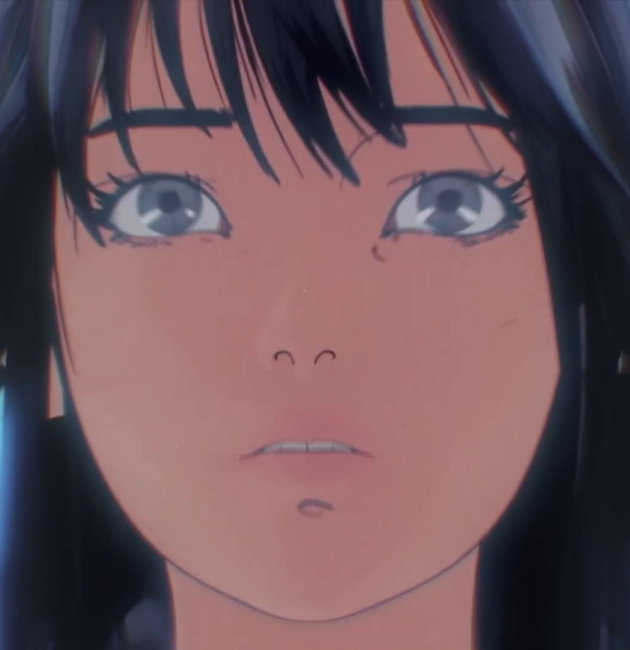It’s amazing to see that – ever since their formation in 1996 – rock band Linkin Park continues to deliver something amazingly fresh with each and every release. And it’s not just through their hard-thumping music: They continue to deliver through their visual story-telling as well. Let’s explore how they used the latest in AI generative technology to make the music video of one of their biggest hits, “Lost.”
How “Lost” Was Brought to Light
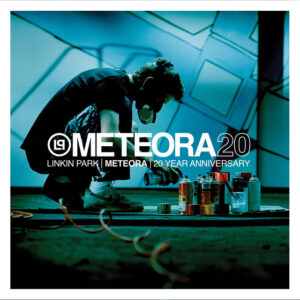
“Lost” was recorded all the way back in 2002 and was initially meant to be included in their 2003 album, Meteora. It was already mixed, and mastered, but it was ultimately cut from the final tracklist because the band felt it was too similar to the number one charting hit, “Numb.”
According to the band’s keyboardist Mike Shinoda, passionate fans had been asking for the band to release songs recorded with the late lead vocalist Chester Bennington that had been hidden away after all these years. Linkin Park delivered: “Lost” was one of the unreleased songs and would be released as part of the 20th Anniversary Edition of Meteora.
Bringing the Music Video to Life
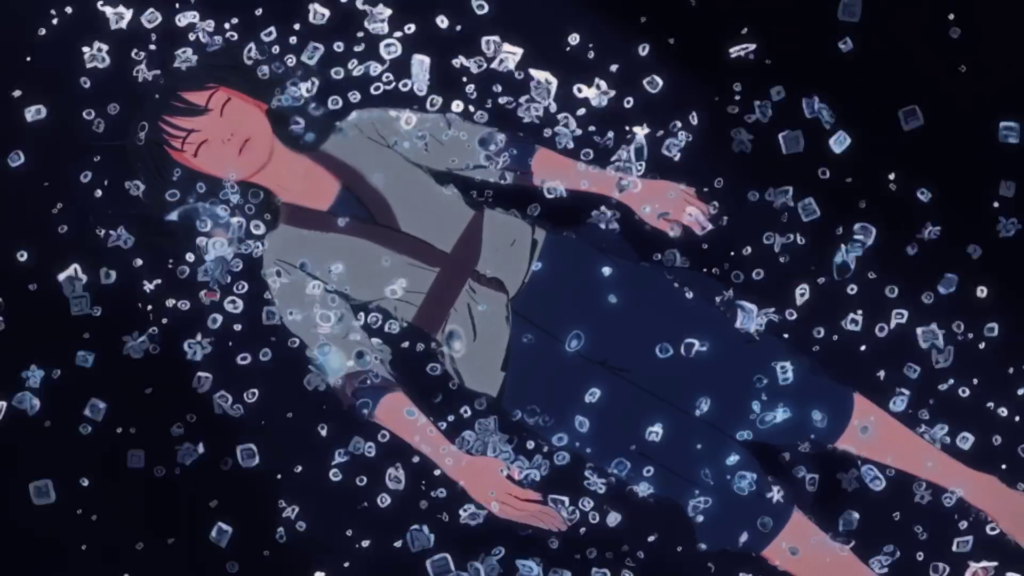
With obviously no existing footage of Chester Bennington singing “Lost,” the band had to get creative with bringing the music video for “Lost” from imagination to life.
The creative process began the moment they brought pplpleasr and Maciej Kuciara of “White Rabbit” on board. They’re the ones behind the anime scenes for the music video, and it’s all original art.
Live action shots of the band featuring Chester Bennington are based on footage taken from their Live in Texas performance, The Making of Meteora documentary, and the music videos for “New Divide,” “Somewhere I Belong,” “Breaking the Habit,” and Mike Shinoda’s “Fine.” To tie it all together, the original art of the anime scenes were trained on Kaiber, which was then applied onto the Linkin Park footage to make the band members look like anime characters. Mike Shinoda on Twitter adds that it “doesn’t take into account the VFX, editing, and painstaking customization of various scenes in the video. The Linkin Park clips are original footage of the band.”[1] During a live stream with Shinoda on Tik Tok, the keyboardist also adds, “AI was almost like an effect, but a really strong effect, it’s really visible in the whole video.”[2]

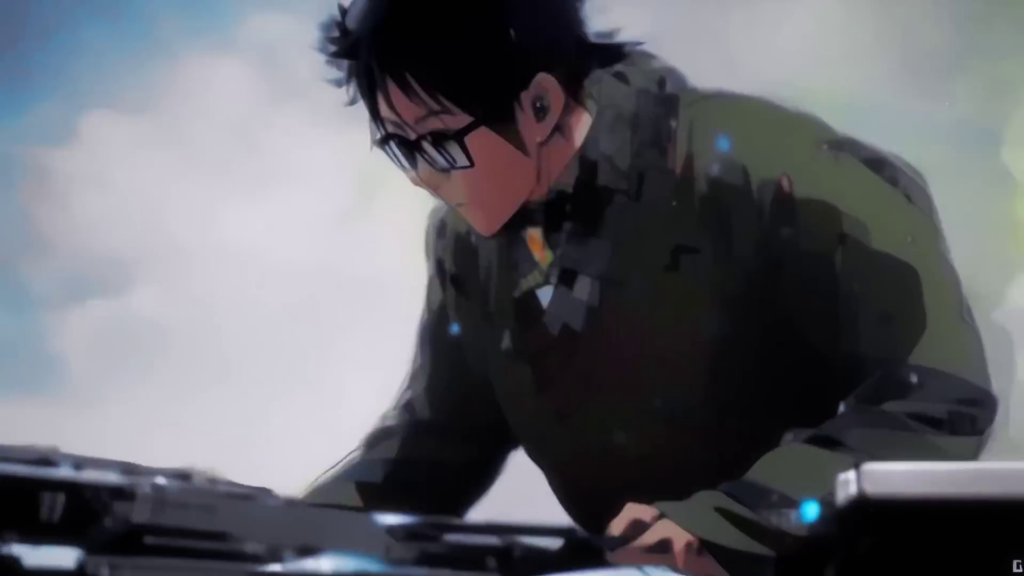
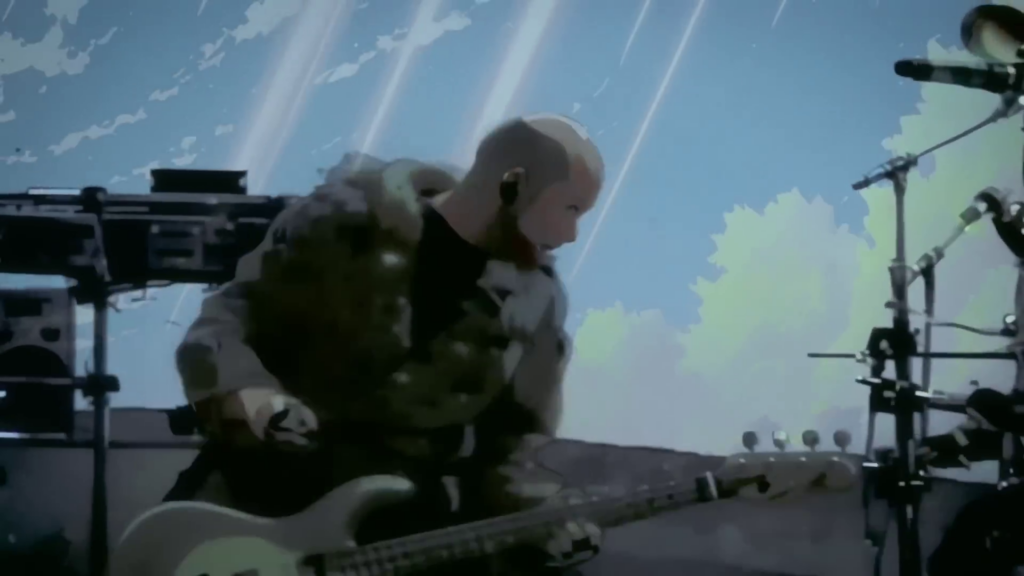
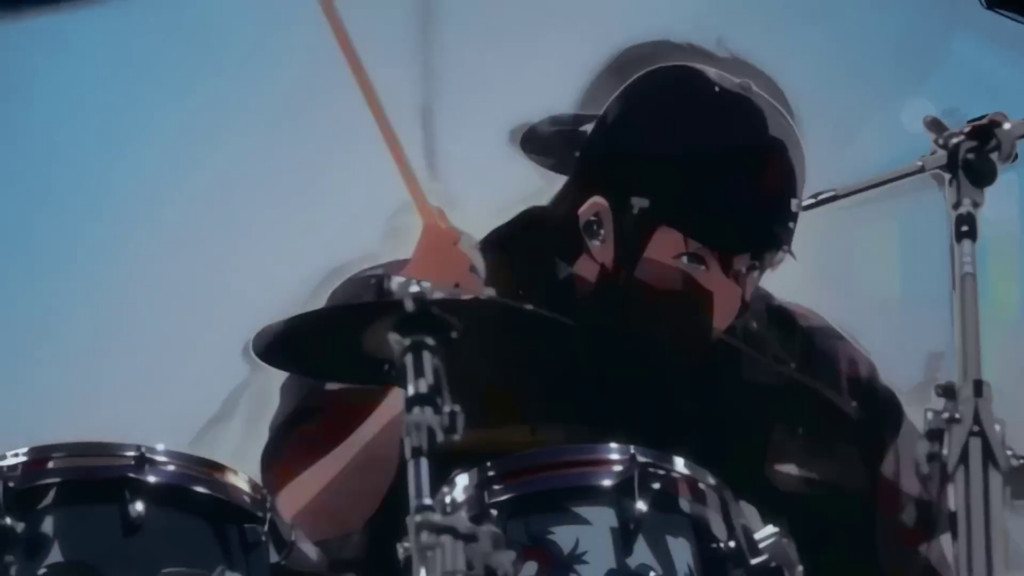
The Inspiration Behind the Video’s Theme
When asked about why they made the music video for “Lost” anime-themed, Mike Shinoda explained it follows the YouTube trend during the time when Meteora in 2003. YouTubers would put together clips of the things they enjoyed like a montage and accompany it with music. The band noticed that YouTubers would upload anime clip montages with Linkin Park music.
Linkin Park eventually released an anime music video themselves for their single “Breaking the Habit,” which was animated by Gonzo, a Japanese anime studio. The band’s ties with anime music videos remains strong to this day, and Shinoda concludes that the music video for “Lost” is the 2023 version of that: “[W]e we did basically an anime music video with a little AI. It’s a Linkin Park AI anime video.”

The use of AI as a tool helped further cement Linkin Park’s legacy in the music world, as the music video was nominated for Best Rock Video at the 2023 MTV Video Music Awards. It currently has 102 million views on YouTube!
And if you want to learn how to create fantastic music videos like this one, check out our list of best AI Generative Programs for videos. Just as Linkin Park are among the pioneers of Nu-Metal music, they are also among the pioneers of AI becoming a part of creative works in today’s ever-changing world of media and technology.
